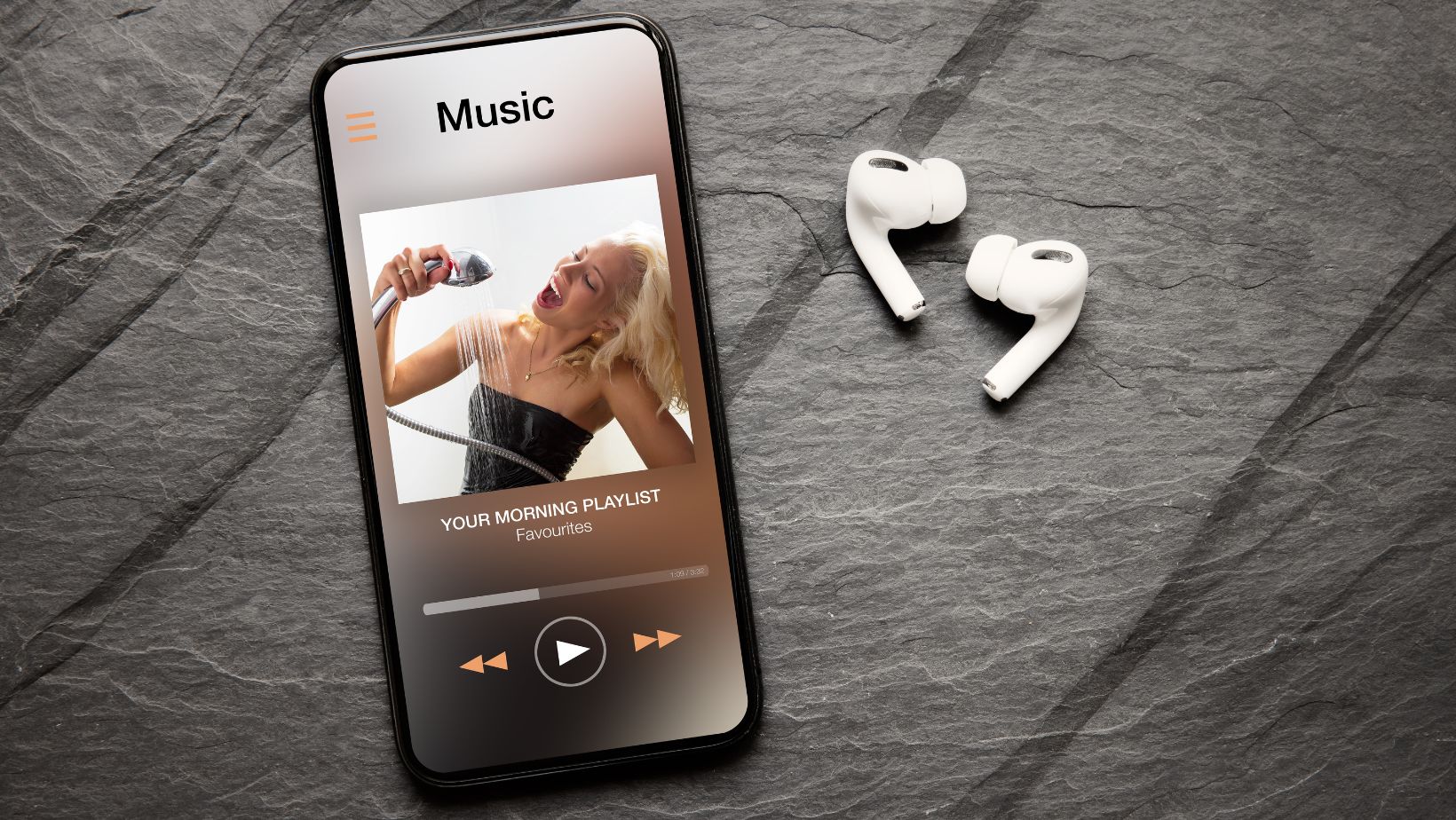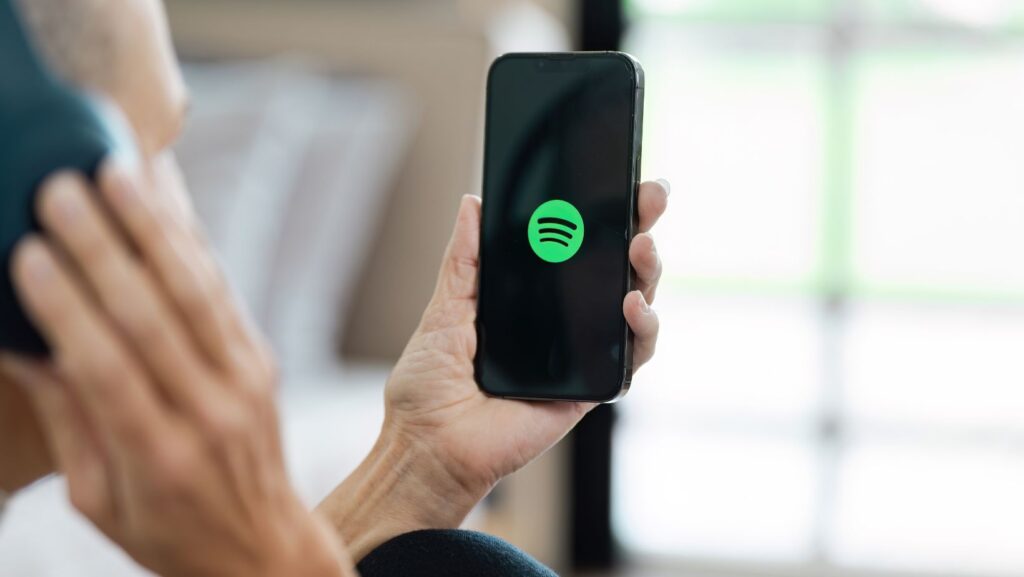From its 2008 debut, Spotify has evolved from a basic music streaming service into a worldwide cultural powerhouse that has drastically changed our access to, consumption of, and interaction with music.
Spotify’s impact goes well beyond just giving millions of music easy access among over 500 million active users spread across 180+ regions globally.
The platform has invented automated suggestions, altered artist careers, reinterpreted success criteria in the music business, and finally rewired our listening practices.
This paper investigates Spotify’s significant influence on contemporary music consumption as well as wider consequences for listeners, artists, and the music ecosystem.
How AI-Powered Algorithms Enhance Personalized Music Streaming
Algorithmically driven listening experiences tailor content suggestions depending on user behavior, preferences, and interaction history.
Using machine learning, streaming companies may create playlists, recommend new musicians, and improve discovery to keep listeners interested for an extended time.
Discovery and Personalizing
Perhaps Spotify’s most revolutionary gift to contemporary listening practices is its advanced recommendation systems.
Spotify has perfected the art of tailored music curating at scale using tools such as Discovery Weekly, Release Radar, and Daily Mixes.
These systems examine billions of data points—from contextual information to listening patterns—to provide custom suggestions that seem shockingly simple.
Lists as Cultural Gatekeepers
Replacing conventional intermediaries like radio programmers and music journalists, Spotify’s well-chosen playlists have become potent cultural censors. On powerful playlists like RapCaviar, Today’s Top Hits, or New Music Friday, placement may start careers overnight, generating millions of listens and exposing musicians to audiences worldwide.
The Fragmentation of Attention
The limitless access approach of Spotify has helped to produce more scattered listening behavior. Given millions of music right at hand, fans show less loyalty to certain tracks or albums.
Users now leave over 30% of songs in the first 30 seconds, as skip rates have progressively climbed year after year.
In a streaming environment becoming more competitive, artists and marketers are adjusting by leveraging sponsored platforms to boost natural engagement, deliberately boosting songs to grab attention early and promote deeper listener involvement.
Listing Casual Background vs. Active Participation
By means of its contextual and mood-based playlists, Spotify has helped passive background listening flourish.

These days, some of the most-streamed material on the internet comes from categories like “Sleep,” “Focus,” and “Chill,” which generates demand for music that is especially meant to fit into the backdrop of everyday life.
Eclectic Taste’s Normalizing Process
The endless library and genre-fluid recommendation systems of Spotify have helped to mainstream diverse listening practices.
Users often move between many genres, periods, and cultural settings.
This behavior would have looked odd in the physical media age when music collections were more limited by financial and physical constraints.
Reversing Music Production and Artist Career Paths
By giving shorter, hook-driven songs ideal for playlist placement and algorithmic suggestions top priority, streaming algorithms have changed music creation and artist careers.
The Streaming-first Perspective
The popularity of Spotify has encouraged a “streaming-first” attitude to marketing and music development.
Artists and labels now maximize their approaches for streaming success, which directly influences creative choices.
Data-Driven Development for Artists
Spotify has turned artist development into a process driven even more by analytics.
Musicians get unheard-of access to listener demographics, regional distribution, playlist inclusion, and engagement analytics using Spotify for Artists.
From marketing budget to creative direction, this information affects everything, even the tour schedule.
The Social Aspect of Listening
By allowing playlist sharing, group curating, and algorithm-driven song suggestions based on user interactions, music streaming services have heightened the social component of listening.
The Development of Musical Sharing
Spotify has changed our conversations and music sharing. Features like buddy activity feeds and cooperative playlists, as well as the platform’s connection with social networking sites, have produced fresh dynamics for musical discovery and discourse.
Taste as Identity
In a day of unfettered access, musical taste now more reflects what you curate than it does what you possess. Shareable playlists and public profile elements of Spotify let users create and distribute their musical identity. Personal playlists have evolved into digital relics conveying cultural ties, emotional states, and ideals.
Looking Forward, Changing Effects
The changing effects of algorithm-driven music experiences will keep shaping discovery, customization, and the connection between artists and listeners as technology develops.
Beyond Music: The Move to Audio
Strategic moves by Spotify into podcasts, audiobooks, and other non-musical material point to its desire to take the front stage for all audio usage.

With many members increasingly splitting their listening time between music and spoken material within the same environment, this expanded breadth is already impacting how consumers organize their time.
The Dilemma of Algorithmic Transparency
As Spotify’s impact increases, issues of algorithmic transparency and curatorial ethics become ever more significant.
Though they remain mostly opaque to users and artists, the recommendation algorithms of the platform have a great influence on listening behavior.
This begs questions about possible prejudices, filter bubbles, and homogenizing of musical culture.
Final Thought
The effect of Spotify on contemporary listening behavior goes well beyond simple access to a large music catalog.
The platform has drastically changed our approach to new music discovery, how we include listening into our everyday lives, and how we see musical identity and genre limits.
While for the larger corporation, it has changed power dynamics and success criteria, for artists, it has changed creative and financial tactics.
Source


More Stories
Casinos Not on GamBlock (2025): Bypassing Blocks, Reclaiming Control
Personalized Mother’s Day Gifts That Are Trending for All the Right Reasons
The Hidden Risks of DIY TV Wall Mounting